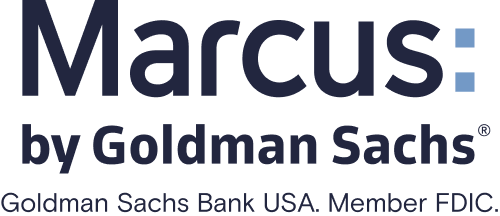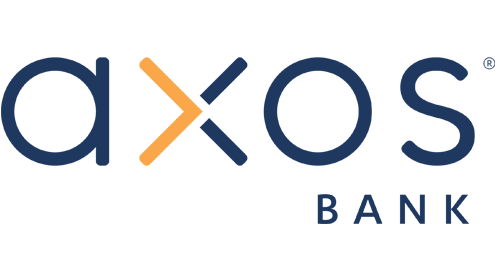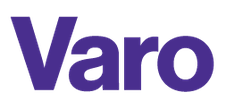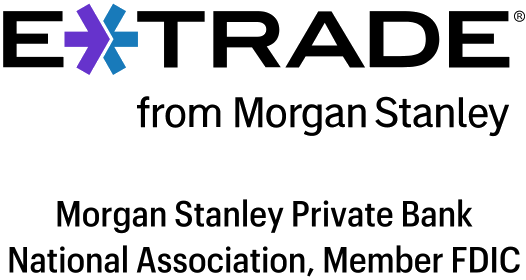6 Best Alternatives to Savings Accounts
Traditional savings accounts tend to have lower interest rates than online options and other accounts and services.

Many, or all, of the products featured on this page are from our advertising partners who compensate us when you take certain actions on our website or click to take an action on their website. However, this does not influence our evaluations. Our opinions are our own. Here is a list of our partners and here's how we make money.
Table of Contents
If you’re looking for a place to stash your short- to medium-term savings — like your emergency fund or a down payment for your future house — and want a good return on your cash, you may want to look beyond a traditional savings account at a brick-and-mortar bank. Such accounts tend to offer very low interest rates, with a national average of 0.38%. There are other accounts and banking products on the market that may help you earn a better return. Consider these six alternatives:
1. Certificates of deposit (CDs)
The basics. A certificate of deposit is a type of savings account that accrues a fixed interest rate for a set term length. CDs are offered in varying lengths, from one month to five or more years. With most CDs, your money is guaranteed to earn a specified interest rate for the duration of that term, after which you can withdraw your money or reinvest in another CD.
The pros. CDs have solid interest rates, most of which are higher than standard brick-and-mortar bank savings accounts. CDs can also help you fight the temptation to spend money that you have set aside for a savings goal.
The cons. There is usually a penalty for early withdrawal, which means your money is inaccessible until the fixed withdrawal date unless you're willing to pay a fee, usually a set number of months’ worth of interest.
» Check out NerdWallet’s selection of best CD rates
Marcus by Goldman Sachs High-Yield CD

4.10%
1 year
Bread Savings® CD

4.45%
6 months
Alliant Credit Union Certificate

4.00%
1 year

Member FDIC
Discover® CD

4.00%
1 year
2. Cash management accounts
The basics. Cash management accounts are offered by nonbank financial service providers, usually brokerage firms or fintech startups. They combine the features of checking and savings accounts in a hybrid product that isn’t technically a bank account. However, CMA providers typically work behind the scenes with partner banks to sweep their customers’ money into accounts at those banks, meaning the funds are federally insured.
The pros. Cash management accounts tend to have much higher annual percentage yields than traditional bank savings accounts and are a solid place to park savings. They are also typically offered by online-only providers, so their remote customer service, apps and desktop websites are often user-friendly. And if you already have a brokerage account with the same firm, you get the added benefit of having all your accounts under one roof.
The cons. While some CMAs provide debit cards and ATM access, some are limited in the ways customers can fund their accounts.
3. High-yield money market accounts (MMAs)
The basics. Money market accounts are savings accounts that tend to come with high interest rates and offer checks or debit cards, unlike traditional savings accounts.
The pros. MMAs often have decently high interest rates, usually better than traditional savings accounts at brick-and-mortar banks. You’ll also have regular access to your funds, unlike with a CD or peer-to-peer lending.
The cons. MMAs usually require large minimum deposits and balances, which puts them out of reach for many people.
» See NerdWallet’s list of best money market account rates
4. Peer-to-peer lending
The basics. Peer-to-peer loans are personal loans funded by individual investors rather than banks. Online lenders — such as Prosper — provide the platform for investors and borrowers to connect and manage their individual loans. As an investor, you put up a certain amount of money, which is loaned to one or more borrowers who pay it back in regular installments with interest.
The pros. Peer-to-peer lending tends to be a win-win: Investors get a higher rate of return on their money than a lot of banking products offer, and borrowers get an interest rate on their loan that’s usually lower than bank-offered loans and credit cards.
The cons. Peer-to-peer lending won’t give you quick access to your cash if you need liquidity. The terms of the loan usually state that the borrower has a certain amount of time to pay off the loan; you’ll typically receive monthly installments during that time. And there's risk involved: If a borrower defaults on your loan, you may not get your money back.
» Another option for saving: Learn about U.S. savings bonds
5. Online savings accounts
The basics. This option is an alternative to traditional savings accounts. Online-only banks provide most (if not all) of the services that traditional brick-and-mortar banks do, with the benefit of high annual percentage yields and remote-friendly customer service.
» Check out NerdWallet’s selection of best high-yield online savings accounts
The pros. A big benefit of having a savings account with an online bank is that it usually comes with a higher-yield APY. Though these interest rates are subject to fluctuation, they tend to be 10 times higher than brick-and-mortar rates.
The cons. Being a customer of an online bank requires a bit more comfort with technology, since these banks don’t typically offer in-person customer service. Customers usually access their accounts on a smartphone app or computer, so these banks tend to prioritize ease of use and often have online chat or 24/7 phone support.
» Looking for excellent rates on other savings accounts? Here are NerdWallet's picks for best savings rates
6. High-yield checking accounts
The basics. High-yield checking accounts offer higher-than-average interest rates on checking balances. Like high-yield savings accounts, these accounts are typically offered by online banks.
The pros. Whereas savings are usually meant to be left alone, your checking account is the money that you use for regular expenses, which means you might have a decently high balance in that account. The ability to earn interest — or sometimes even cash back on spending — can be a good way to get a return on your checking account.
The cons. To earn high interest rates on checking, a customer might have to follow a bank’s requirements, such as directly depositing a certain amount each month or making a certain number of debit card transactions.
» Looking for high-yield checking? Take a look at NerdWallet’s favorite rewards checking accounts








